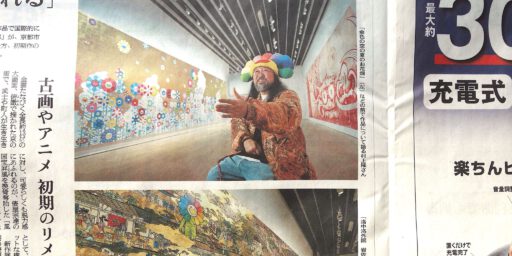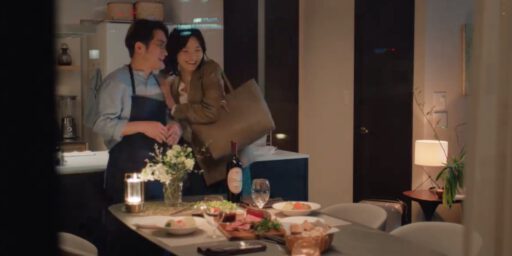アーサー・ジャファ作「Love is the Message, The Message is Death」 Arthur Jafa’s "Love is the Message, The Message is Death"
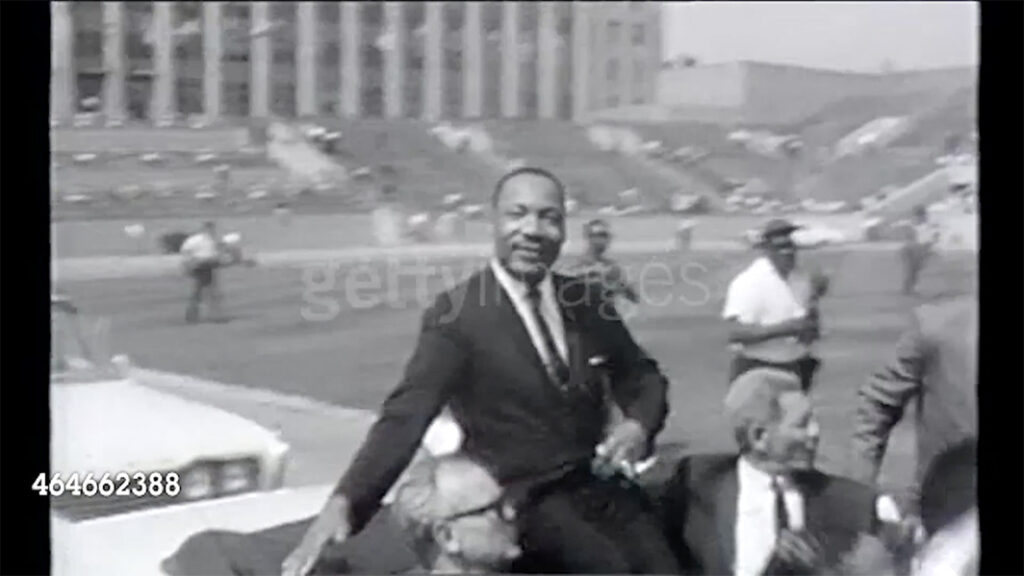
My “The American Experience”.
Cross-check, that’s the way how I feel it. A very complex and complicated matter, indeed.
I wonder if we should be allowed to add a color, like Yellow, to those remarks in art magazines: “the marked lack of Black and Brown accessibility to the art market and institutions on a global scale”.
The American Experience
https://art-culture.world/articles/the-american-experience/
ピクチャリング・アメリカ @ ドイツ・グッゲンハイム・ベルリン:トリステス+退屈 (2/2)
picturing america @ Deutsche Guggenheim Berlin: Tristesse + Boredom (2/2)
https://art-culture.world/articles/picturing-america-ピクチャリング・アメリカ-グッゲンハイム/
The Violent, Fucked-Up Country, UNITED STATES of AMERICA on 6th of January 2021
https://art-culture.world/articles/the-violent-fucked-up-country-united-states-of-america-on-6th-of-january-2021/
As a child of “multiracial” parents, living in a foreign country (Japan), the actual political situation in the USA influences the way how to talk, how to judge 2000 years of Asian, Arabian or African history of slavery and how to assess one’s own and other’s behaviour. Speaking of “People of Color” can be regarded nowadays offensive, as the actual political and journalistic context uses “Black People”.
“The American Experience” with its “Black Lives Matter” movement, requires intellectual, social consciousness in these precarious (Corona-) times.
Today the New York Times published an important, balanced article, asking, if we should write “black” or “Black”.
Up-date 2021/5/29, compare following opinions:
Online harassment is all a part of Japan’s ‘post’ racism
The racialized bullying of public figures exposes lingering toxic attitudes in society
John G. Russell, May 24, 2021
quote:
[In referring to Black people in this article, the author has requested not to observe AP style, which The Japan Times follows. He has chosen not to capitalize “black” until there is substantive transformation of American law enforcement and the criminal justice system, resulting in the prosecution of those who use excessive force and leading to a tangible reduction in the brutalization of black people.]
https://www.japantimes.co.jp/community/2021/05/24/voices/online-harassment-part-japans-post-racism/
A Debate Over Identity and Race Asks, Are African-Americans ‘Black’ or ‘black’?
quote:
“There are also concerns that turning black into a proper noun lumps people of the African diaspora into a monolithic group and erases the diversity of their experiences. Some have said it bestows credibility upon a social construct created to oppress black people. Perhaps the most notable concern is what to do about white and brown as racial identifiers.”
https://www.nytimes.com/2020/06/26/us/black-african-american-style-debate.html
The following article in ARTnews gives more food for thought for us contemporary “art-people”:
“Five Black employees—some of them top managers at the museum—responded to leadership in a letter of their own the next day. “As each of us read this we were individually taken aback by the lack of compassion and empathy for the Black staff and contractors in this museum,” reads the response, which was reviewed by ARTnews. “Your email last night failed to recognize or ask how we, as Black people, must be feeling at this time. We are collectively feeling a wide range of emotions that are deeper than grief and frustration can encompass as descriptors. And we are tired and terrified for ourselves and our communities.”
https://www.artnews.com/art-news/news/philadelphia-museum-of-art-black-lives-matter-controversy-1202690820/
With my Japanese cultural background in mind, I did write several times about the color “black” and substituting it by “yellow”. Or, emphasising that Picasso is NOT a “white” artist but has African roots.
The logical consequences define an artist’s position, the art practice’s perception. Free of any social constraints and political correctness, the artist eventually becomes a social pariah. Especially if she or he feels (self-) censured by the (eventually coming) internetty shit-storm. Censorship by Instagram and Facebook is the New Normal. Representative cases are the Japanese artists ARAKI Nobuyoshi 荒木経惟 and AIDA Makoto 会田誠.
Today will be the third time I’m introducing to the Japanese audience the artist Arthur Jafa, who received the Golden Lion for the Best Participant of the 58th Venice Biennale “May You Live in Interesting Times”.
In a timely context, Jafa asked a multinational consortium of art institutions (no Japanese institution involved *) to stream his 7 minutes video work “Love is the Message, The Message is Death”(2016) online from today, 26th, until the 28th.
Highly recommending, check it out.
https://www.jsc.art/mediathek/
https://hirshhorn.si.edu/explore/love-is-the-message-the-message-is-death/
https://www.jsc.art/artworks/love-is-the-message-the-message-is-death/
Arthur Jafa explains each cut in detail (2017):
*
The global consortium of participating museums includes the Dallas Museum of Art; Glenstone Museum, Potomac; the High Museum of Art, Atlanta; Hirshhorn Museum and Sculpture Garden, Washington D.C.; The Museum of Contemporary Art Los Angeles; The Studio Museum in Harlem; Julia Stoschek Collection, Düsseldorf/Berlin; Luma Arles in France and Luma Westbau in Zürich; Palazzo Grassi – Punta della Dogana – Pinault Collection, Venice; Smithsonian American Art Museum, Washington D.C.; The Stedelijk Museum, Amsterdam; and the Tate, London.
Arthur Jafa in my former ART+CULTURE articles:
最高かつ最も重要な絵画@アート・バーゼル(アーティストたちによって裸にされたアート・バーゼル、さえも*)2019年度
The best and most important painting @ ART BASEL (… Stripped Bare by Her Artists, Even*) 2019 version
https://art-culture.world/articles/art-basel-2019/
アーティストたちによって裸にされたアート・バーゼル、さえも*
ART BASEL Stripped Bare by Her Artists, Even*
https://art-culture.world/articles/art-basel-stripped-bare-by-her-artists-even/

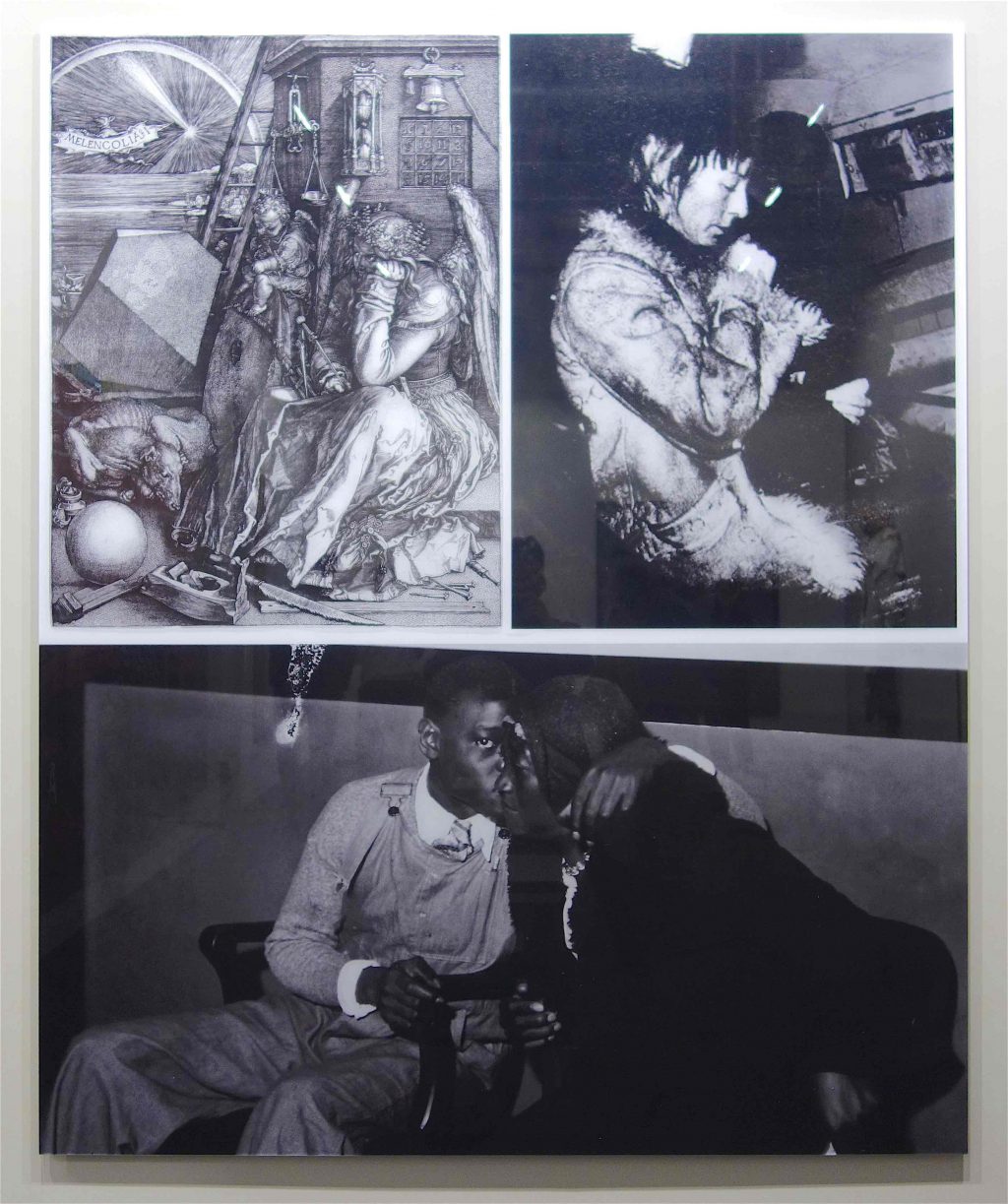
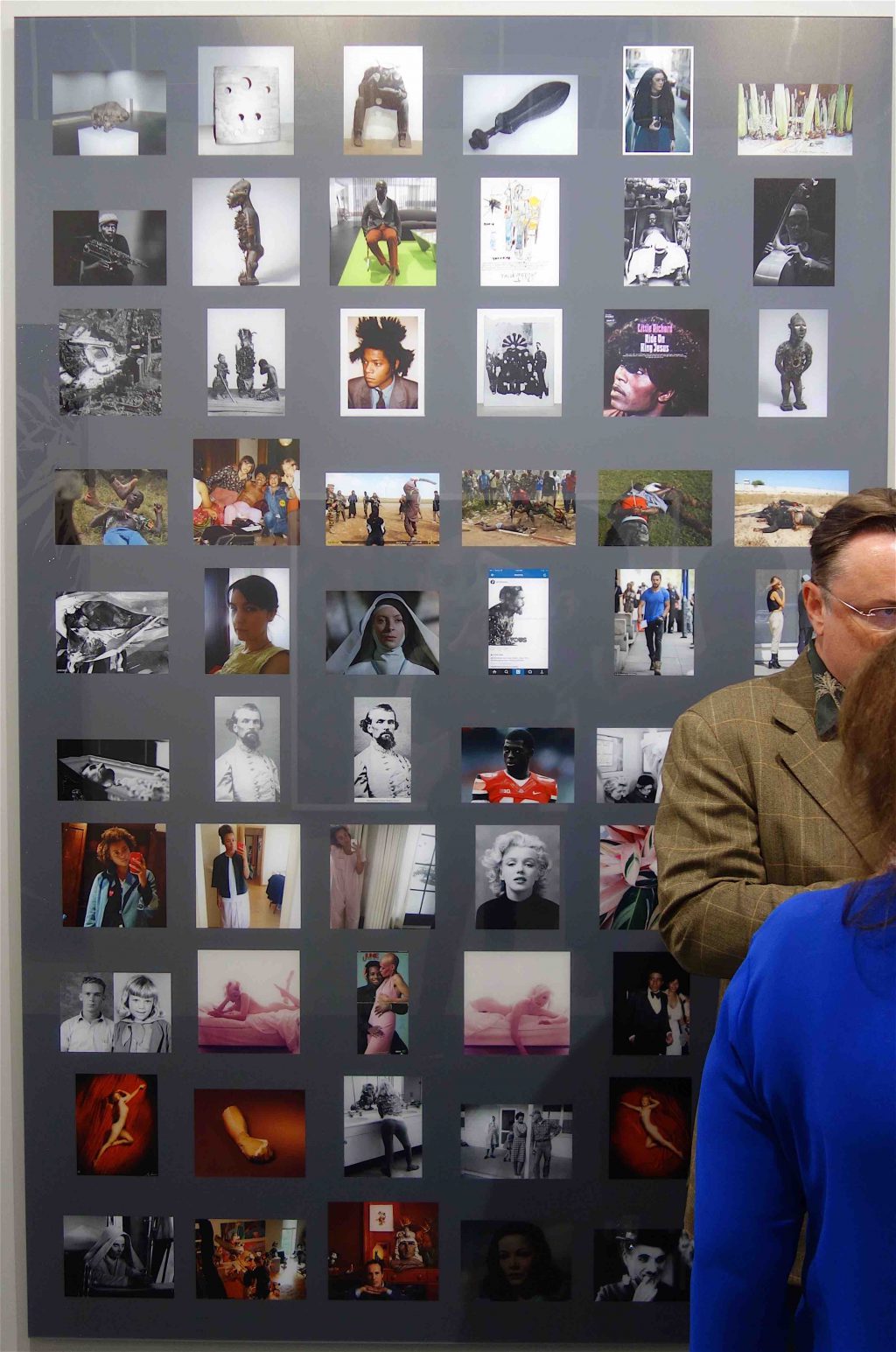


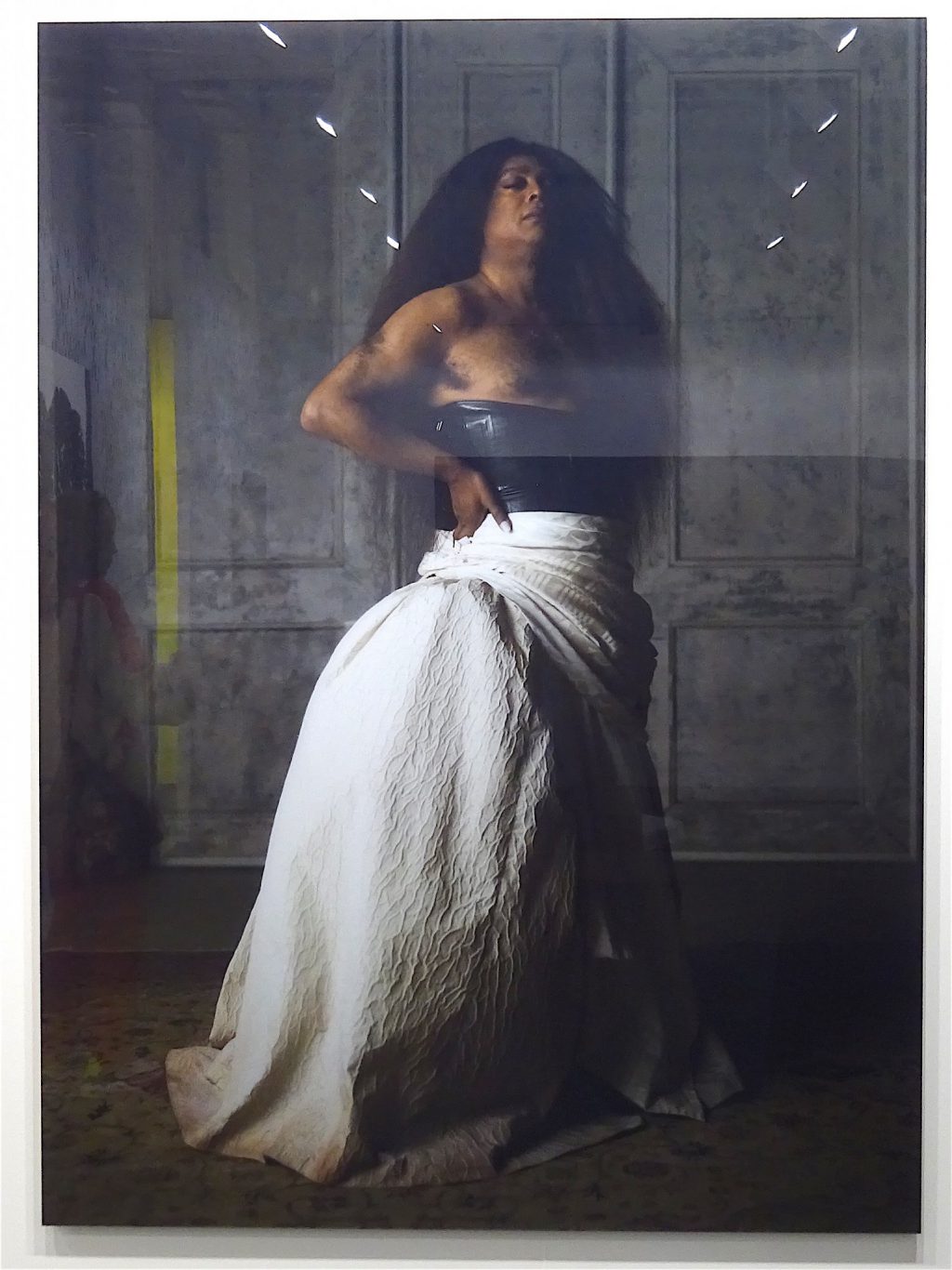
up-date 2020/7/1 :
“Wash Us in the Blood” (2020) had been released yesterday, with already 5 millions views. The music video clip is directed for the rapper Kanye West, who conceals his face with a black digital formula. Jafa’s video work incisively considers various traumas facing the Black community in the USA.
Another music clip by Jafa for JAY-Z “4:44”, received critical acclaim by the art and music world. Produced in 2017, featuring numerous short clips with Jean-Michel Basquiat, Beyoncé and the rapper himself, a.o.. The juxtaposition with artist Okwui Okpokwasili and dancer Storyboard P embodies this magnificent, editorial concept.
For Solange – Don’t Touch My Hair ft. Sample, Jafa provided the cinematography work. (2016)
—–
up-date 2020/7/7
The Fullest Look Yet at the Racial Inequity of Coronavirus
By Richard A. Oppel Jr., Robert Gebeloff, K.K. Rebecca Lai, Will Wright and Mitch Smith
The New York Times, July 5, 2020
quote:
Latino and African-American residents of the United States have been three times as likely to become infected as their white neighbors, according to the new data, which provides detailed characteristics of 640,000 infections detected in nearly 1,000 U.S. counties. And Black and Latino people have been nearly twice as likely to die from the virus as white people, the data shows.
…
The data also showed several pockets of disparity involving Native American people. In much of Arizona and in several other counties, they were far more likely to become infected than white people. For people who are Asian, the disparities were generally not as large, though they were 1.3 times as likely as their white neighbors to become infected.
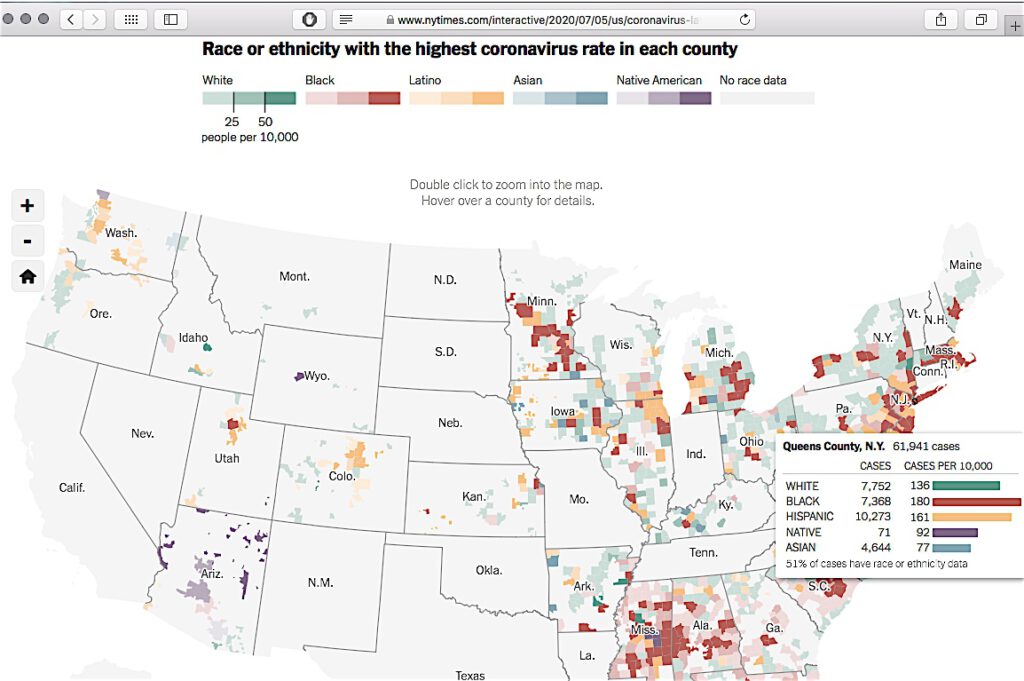
Source: Centers for Disease Control and Prevention | Note: Data is through May 28 and includes only cases for which the race/ethnicity and home county of the infected person was known. Only groups that make up at least 1 percent of a county’s population are considered in determining the highlight color on the map. Sparsely populated areas in counties are not highlighted. The C.D.C. data included race/ethnicity information, but no county location, for infected people in eight additional states: Hawaii, Maryland, Missouri, Nebraska, New Hampshire, New Mexico, Texas and Vermont.
up-date 2020/7/20:
The Art Newspaper 2020/7/17
The problem with Marc Quinn’s Black Lives Matter sculpture
Racism runs far deeper than representation, says the artist Thomas J. Price
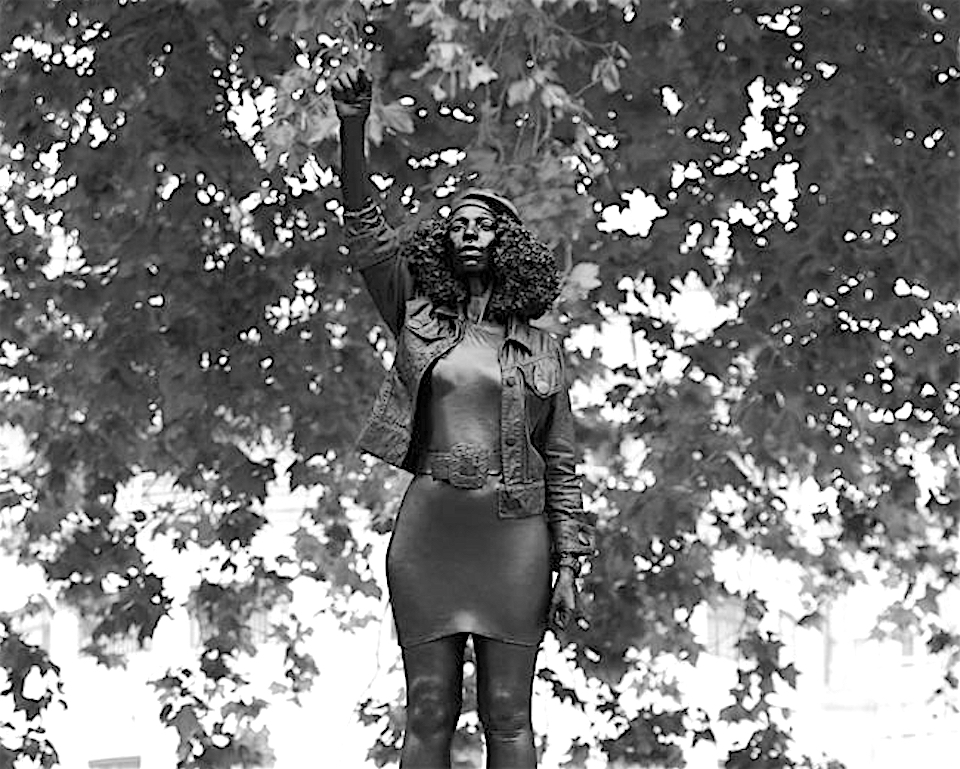
quote:
In my opinion, a genuine example of allyship could have been to give the financial support and production facilities required for a young, local, Black artist to make the temporary replacement. This would have positioned Black voices into a genuinely powerful position to reclaim their history in an authentic way. Instead, a moment of social change that should have been about bringing equality and real opportunities to Black people has been hijacked.
full text:
https://www.theartnewspaper.com/comment/a-votive-statue-to-appropriation-the-problem-with-marc-quinn-s-black-lives-matter-sculpture
I’m a Black Police Officer. Here’s How to Change the System.
Yes, defund the police. But then re-fund them, better.
By David Hughes, July 16, 2020

quotes:
NEWPORT NEWS, Va. — When I entered the police force in Virginia in 1987, I was one of the few Black officers in my department. On my first day on patrol, I was paired with an experienced white officer. As we prepared to hit the streets, he went over what he expected from me as a rookie. Then he pulled away from the curb and added, offhandedly: “Oh, if I call someone a nigger tonight, don’t get upset. It’s not directed at you, it’s directed at them.”
I was taken aback, but I didn’t say anything. It was only my second week on the job. I was young. I remember thinking to myself, “I probably won’t have this job long.”
That first night set the tone for what was to come. I kept my job and climbed the ranks over three decades in part because I learned how to navigate a racist system.
I have personally heard some of my white colleagues mock Black people, make crude jokes or ridicule the way they speak. White officers crudely disparage high-ranking Black officers behind their backs. A sergeant once asked me if I could read or write. He also told me he didn’t think Blacks should be policemen — he said it was like “letting a fox guard the hen house.”
…
Having witnessed a racist police system from the inside, I understand why people are desperate for change. Some are calling for the dissolution of policing altogether. As a Black person, I understand. As a cop, I think that’s the wrong answer.
…
I have also, of course, seen how police can harm people’s lives. The answer to racist policing is not in taking away all the good that policing can do, but rather in changing what it means to police, and who is doing it.
The first part of that change starts with hiring. The majority of police officers do not have four-year college degrees. They don’t start their career with a foundational education that will broaden their worldview, make them empathetic to other cultures or understand human psychology.
Police academies must change, too. Police are taught that the enemy is “out there.” When they arrive at work with that mind-set, they don’t know who wants them in the community, and who wants to kill them. It’s no different than troops in Afghanistan or Iraq. We are patrolling the streets of our own cities as an occupying force.
Our training also focuses on worst-case scenarios: how to arrest someone, how to fight, how to use a weapon. Instead, it should emphasize preventing escalation. Once you get to the point where you are having to fight, you’ve already lost. The question after a shooting by the police should not be “Was it legal?” but rather “Was it necessary?”
…
We must also address the racism of police departments from the inside. I don’t mean through “cultural diversity training.” When my department did that training, most showed up because they had to and cracked jokes through the whole thing. Instead, we should hire officers who reflect the communities they serve, by race and gender. About 15 percent of the police officers on my force are Black in a city that is about 43 percent Black. This imbalance is reflective of most police departments in America.
full text:
https://www.nytimes.com/2020/07/16/opinion/police-funding-defund.html
Food for thought: the new, critically acclaimed, popular film-comedy in France: “Tout Simplement Noir” by Jean-Pascal Zadi.
TOUT SIMPLEMENT NOIR – Bande-annonce – Au cinéma le 8 juillet
TOUT SIMPLEMENT NOIR Bande Annonce Teaser # 2 (2020) Jonathan Cohen, Ramzy
Tout Simplement Noir : rencontre avec Jean-Pascal Zadi et John Wax
up-date 2020/8/3:
In the year 1969
James Baldwin Discusses Racism | The Dick Cavett Show
I Am Not Your Negro | James Baldwin on the Dick Cavett Show | Netflix
James Baldwin and Paul Weiss Debate Discrimination In America | The Dick Cavett Show
In the year 2020
U.S. History: Last Week Tonight with John Oliver (HBO)
Christie’s exhibition of Black art is not about virtue signalling, curator says
Destinee Ross-Sutton has co-organised the online selling show Say It Loud which features works by 22 artists including Nelson Makamo and Yoyo Lander
The Art Newspaper, Gareth Harris
“I saw this as an opportunity to assure that this isn’t just a one-off PR move to prove how diverse or ‘woke’ Christie’s can be,” says Destinee Ross-Sutton, the New York-based curator and art advisor, referring to Say It Loud (I’m Black and I’m Proud), an online selling exhibition on Christie’s platform “dedicated to the promotion and empowerment of Black art”.
Ross-Sutton has co-organised the sale which includes works by 22 emerging and mid-career international Black artists (closes 18 August) including Johannesburg-based Nelson Makamo, who is showing works from his Untitled, from Blue series (2020), along with Los Angeles-based Yoyo Lander (Have Tears triptych, 2020).
However, some commentators on social media say that, in light of recent Black Lives Matter protests, this is an example of virtue-signalling by the art trade. “I can see why that is a concern for people, frankly I was concerned as well,” Ross-Sutton says. “I then realised that I had the chance to take it beyond this, and really connect with people who actually want change within the institutions and the art market in general, as a way to give some power back to the artists.”
Christie’s selected 11 of the artists included, with Ross-Sutton contributing ten names and the non-profit advocacy group Harlem Arts Alliance putting forward one artist. Some of the artists also appeared in Ross-Sutton’s recent exhibition Black Voices/Black Microcosm at CFHILL Art Space in Stockholm.
All proceeds from the selling exhibition will go to the respective artists. Ross-Sutton says: “Christie’s is not adding buyer’s premiums; all sale transactions are handled either by the artists themselves or by their representatives. [Participating artists] Amani Lewis, Ambrose Murray who are friends of mine, and Alexis McGrigg, have also asked me to conclude their sales from this exhibition in order to furnish the buyers with my strict sales agreements. Christie’s is being most supportive of this effort to avoid all the flippers that are rushing to buy art by Black artists.”
Prices are fixed, ranging from $475 for a limited edition print by Cary Fagan to $43,000 each for the two large works by the South African artist Nelson Makamo, says Ross-Sutton. “The medium prices are around $6,000 to $8,000 for Collins Obijiaku, Khari Turner, Isshaq Ismail, Juwon Aderemi and Eniwaye Oluwaseyi; $15,000 for the single work by Yoyo Lander; $17,000 for the large work by South African WonderBuhle”. But, she adds, “all of their works basically sold on the first day.”
“The current significant social climate highlighted the need for re-evaluation, for the confrontation of systemic racism and for considered change to be implemented,” says Celine Cunha, the co-chairman of the employee initiatives group (corporate social responsibility) at Christie’s, who co-organised the sale.
“Each of these artists play upon perception, calling attention to the historical perception of ‘Blackness’ and putting it on its head, ambitiously challenging the viewer to redefine their pre-conceived and historically taught notions of Black identity,” Cunha adds.
The project is the first of many which will “empower and amplify the voices of the Black Art Community,” Cunha says. Crucially, she says that Christie’s is “in conversations with several external individuals and organisations for the implementation of substantial programming including mentorship programs and programmes specifically catering to collectors of colour.” Art market commentators have pointed out that the initiative might cultivate emerging buyers.
A two-part Artist Talk & Consortium curated by The Harlem Arts Alliance—which will discuss “the marked lack of Black and Brown accessibility to the art market and institutions on a global scale” according to a project statement—is due to take place on 5 August.
https://www.theartnewspaper.com/news/christie-s-say-it-loud-exhibition
up-date 2020/8/14
Speculation on Black Artists Has Gotten So Intense That for Christie’s Latest Sale, Its Curator Is Asking Buyers to Sign a Special Contract
artnet 2020/8/13
quotes:
Each artist will receive 100 percent of the proceeds from the sale of their work. All buyers must also sign a contract with extensive conditions. They must agree not to resell the work at auction for at least five years; if they do want to sell, they must give the artist right of first refusal; and, if they sell to someone else, they have to give 15 percent of the upside back to the artists.
…
The curator was initially skeptical that such a goal could be accomplished inside an auction house. “A large part of these flippers are focused on Black contemporary artists and when [Christie’s junior specialist] Celine Cunha reached out, it was around the time the protests were at their height and I was feeling emotional,” she says. “I really wanted to know, ‘What’s the motive here?’”
As co-chairman of the employee initiatives group under Christie’s corporate social responsibility division, Cunha says her goal was “to provide a platform to amplify artists’ voices, using the Christie’s space and global reach to give back directly to the artistic community.”
The project also has the benefit of giving Christie’s access to collectors it might not have met otherwise, and insight into their preferences and holdings. “We’re excited to cater to this emerging clientele as well as develop programs that specifically cater to collectors of color,” Cunha adds.
As part of the show, Christie’s presented a series of online events curated by The Harlem Arts Alliance, including an artist talk, a live vocal performance, and a discussion among art-world leaders about developing new standards for equitable artist engagement.
Ross-Sutton hopes the experience will empower artists to take charge of their careers, including by pushing their gallery representatives to implement similar sales restrictions. “Many artists do not realize the power they have,” she says. “We cannot only put the blame on these so-called ‘flippers’—artists have to be more discerning and so do galleries. If we enable this kind of behavior by not putting into place certain preventive measures, we have to take some of the blame.”
Most of the time, she says, it’s the same names over and over again that show up in artists’ Instagram messages, asking to be sent a list of available works. Several of them also got in contact with Christie’s, but demurred when they were told they needed to reach out to Ross-Sutton instead. “I think it’s pretty obvious that they surely have a very self-serving agenda that drives them,” Ross-Sutton says, “rather than a love of art.”
more at:
https://news.artnet.com/market/say-loud-show-christies-1901685
up-date 2020/8/20
Revisiting Carrie Mae Weems’s Landmark “Kitchen Table Series”
by Jacqui Palumbo, Aug 19, 2020, artsy
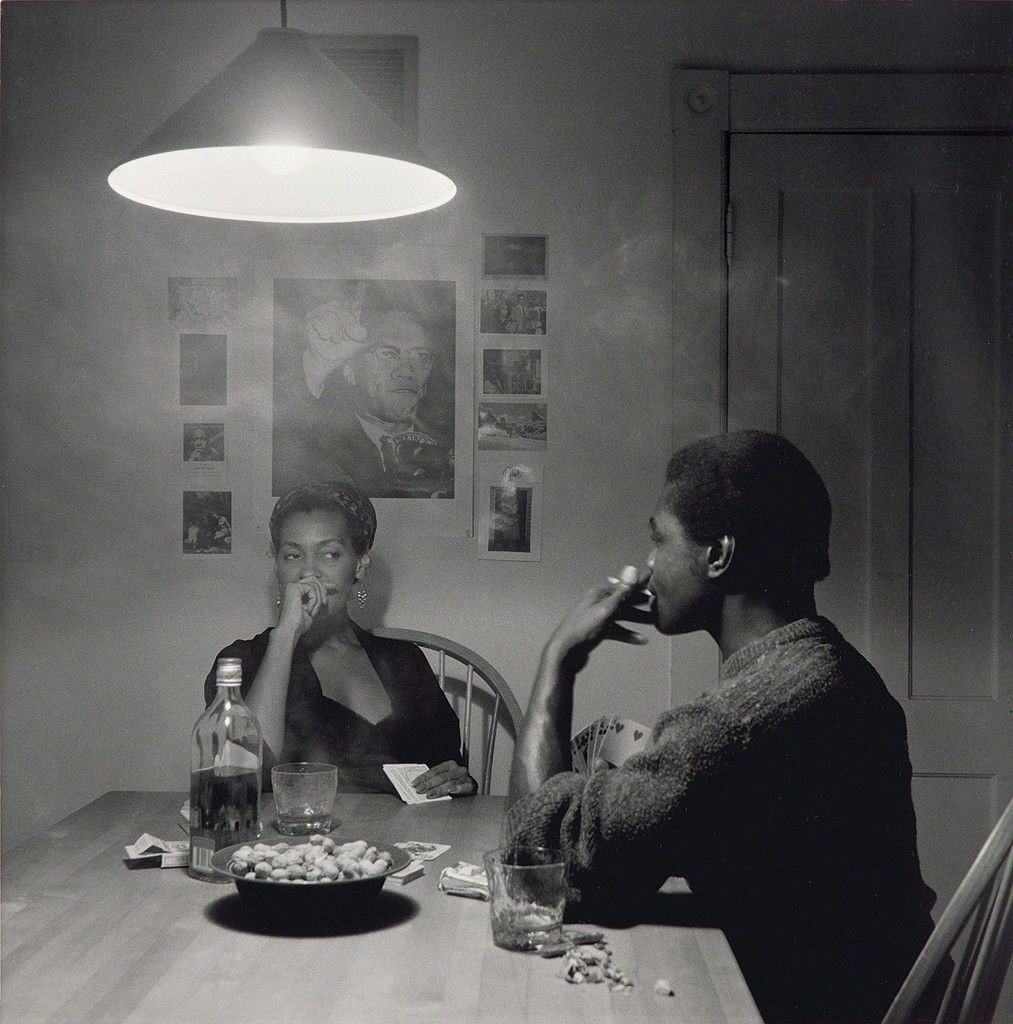
Carrie Mae Weems “Untitled (man smoking)” from Kitchen Table Series, 1990
quote:
The resulting body of work became “The Kitchen Table Series” (1990), both a landmark in Weems’s career and in the lives of others. “I can’t tell you how many people I’ve met in the art world—artists, curators, dealers—that point to ‘The Kitchen Table Series’ as the one piece that made them know they wanted to be…in the arts,” said Elisabeth Sann, a director at Jack Shainman Gallery, which is currently exhibiting the series in an online viewing room.
https://jackshainman.com/viewing_room/carrie_mae_weems_the_kitchen_table_series
see also ご参考:”Gender exhibition” @ Tokyo Photo Art Museum 東京都写真美術館 1996
http://topmuseum.jp/contents/details/i_1996_1997/1996_008_b.pdf
up-date 2020/8/28
Beyoncé, Blue Ivy, SAINt JHN, WizKid – BROWN SKIN GIRL (Official Video)
up-date 2021/5/30
ARTHUR JAFA
May 6 – June 18, 2021
Gladstone 64
https://www.gladstonegallery.com/exhibition/8671/gladstone-64/installation-views


“Fia” 2002, printed 2021
Archival pigment inkjet print on Hahnemuhle Fine Art Pearl
15.2 x 12.7 cm
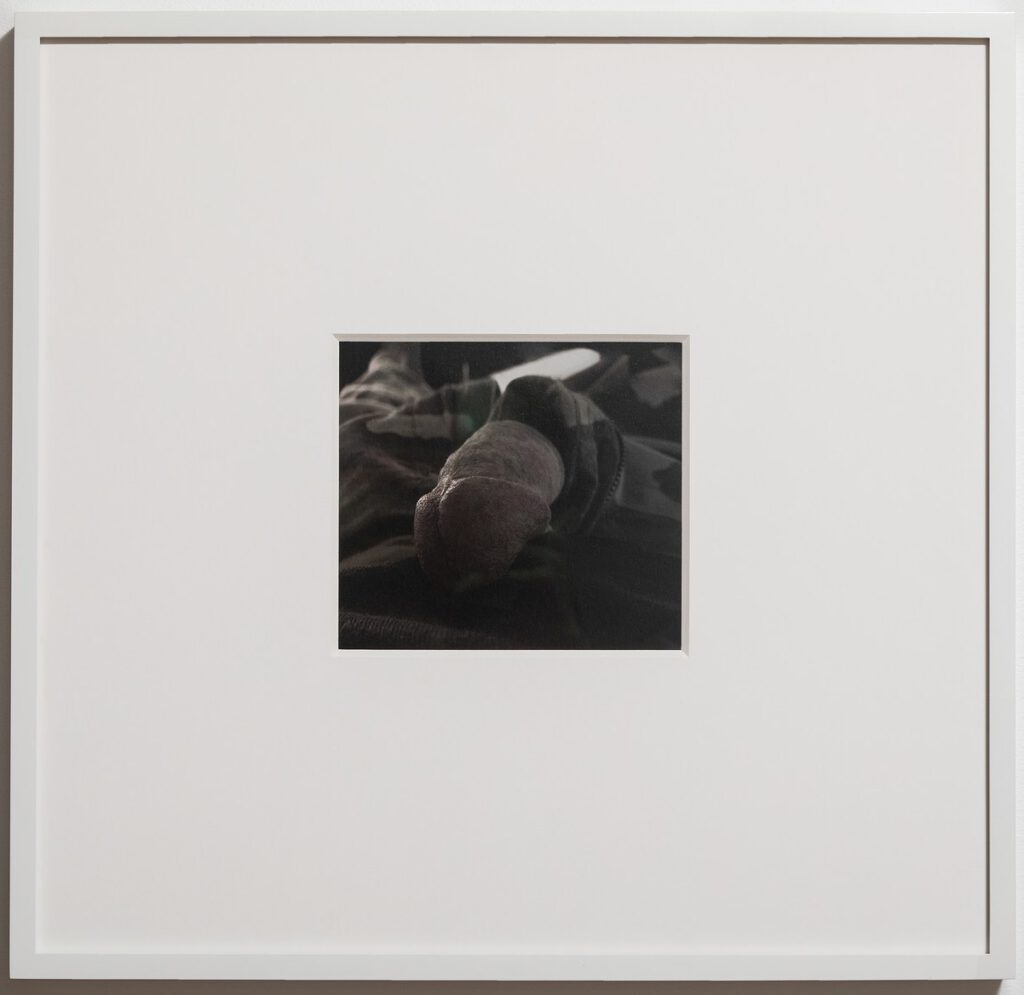
“Shrunken Head” 2019, printed 2021
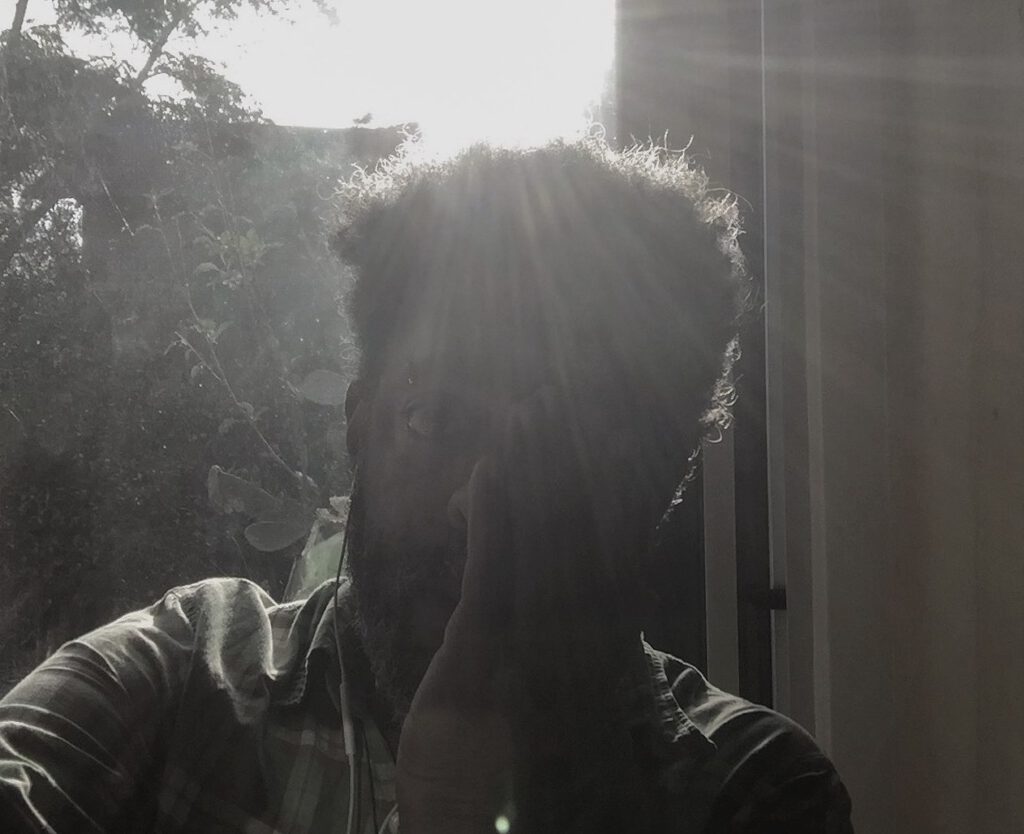
“Self Portrait” 2014, printed 2021
Archival pigment inkjet print on Hahnemuhle Fine Art Pearl
12.7 x 15.2 cm
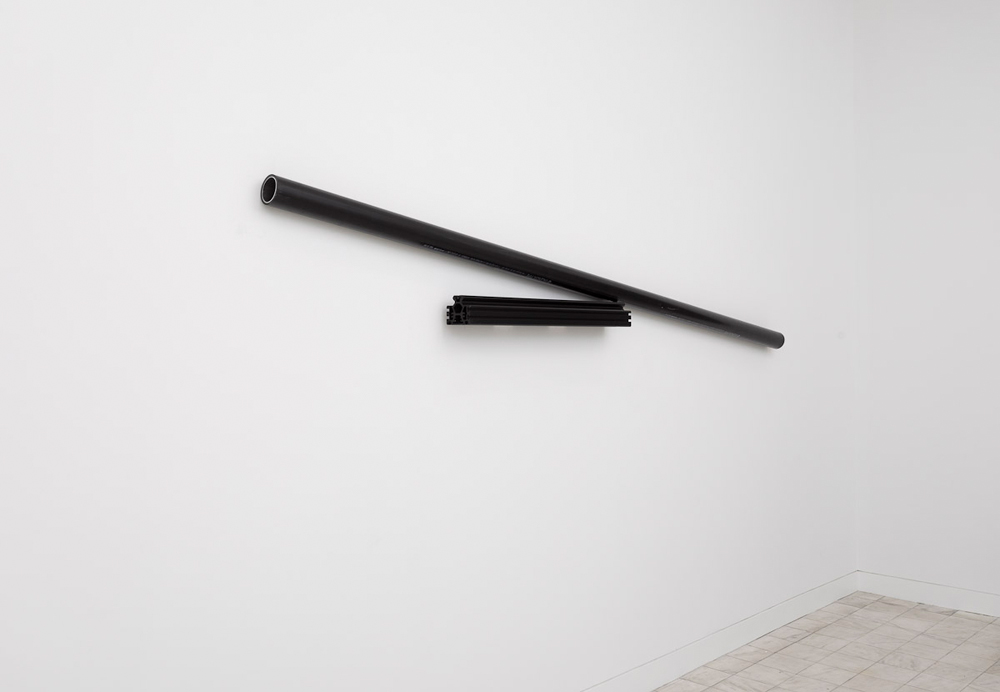
Metal rail, steel pipe and plastic pipe
58.4 x 302.3 x 14 cm

Arthur Jafa’s “Valencia” (2021) on display at Gladstone 64 in New York, May 5, 2021. The sculpture, made from metal rail, steel pipe, plastic pipe, black fabric, fur and bag, is part of a stark new body of work with a contained, potential violence implied
At his moment of triumph, Arthur Jafa is looking for trouble
New York Times, by Siddhartha Mitter
quotes:
In 2019, Arthur Jafa won the Golden Lion award for best artist in the Venice Biennale for “The White Album.” A collage of found and original video, it mapped the psychology of Black-white relations in America today — the brutality, awkwardness and sometimes care. “Just as the film critiques a moment fraught with violence, in tenderly portraying the artist’s friends and family, it also speaks to our capacity for love,” the jury concluded.
Jafa was at his hotel, packing to leave town, when the news arrived. What surprised him was not that he had won, he told me recently; it was that the prize existed.
“I didn’t know there was an Academy Awards to the art thing,” he said.
quote:
Last year, over Zoom, he sparred with an elusive artist named Faith Icecold, who had excoriated him from a now-defunct Instagram account. Their conversation, in which Icecold calls Jafa anti-Black for his choices of imagery and his association with mainstream museums, is included in the catalog. Yet the criticism did not really move Jafa. “I’m insecure about certain things, but I know I’m not anti-Black,” he told me.
Today, Jafa is riding high. “It’s been a victory lap, basically,” he said. In addition to his art exhibitions, his film production company, Sunhaus, has several commercial features in development. He welcomes the success after years of career frustration; until recently, he said, “I was a failure, by and large, in my own mind.”
Yet his newest art projects stand in sharp contrast to “Love Is the Message” — at once more personal and harder to read. One pull is abstraction: His newest video, “AGHDRA,” on view in the retrospective, is entirely computer-generated; its motif is oceanic, with waves that swell yet seem made of fragments, like lava.
Another undercurrent in his work that receives less attention is the pull toward themes of sexual control and transgression, desire and degradation — sometimes involving himself. In 2018, for instance, he showed “La Scala” and “Man Monster — Duffy,” photographic self-portraits where he plays Mary Jones, an 1830s Black trans sex worker, wearing a corset and, in one, a leather vagina.
This year, also at Gladstone, he curated a show of Robert Mapplethorpe photographs that included plenty of explicit imagery. And his new gallery show, where the metal sculptures give off a distinct dungeon energy, also includes several photographs of his own — one frankly sexual, showing a flaccid penis, owner unidentified.
When I asked Jafa about this direction, he answered in two stages.
First, he said, it stemmed from a rebellious impulse. “It’s intransigent, punk, nihilistic, depressive, gothic.”
Then he followed the thought to a heavier place.
“Power relations and sexuality, for Black folks — these things always enter and are permeable with each other,” he said. He collapsed the history of coerced miscegenation going back to the plantation into a raw metaphor. “I can’t look at my face without seeing my rapist in the mirror. I don’t look like those Africans who came here.”
But Lax, the MoMA curator, said sexual pluralism in Jafa’s work also represents a connection with his creative community; he has collaborated, for example, with trans artist Tourmaline. “It’s about bringing himself into the room in a meaningful way, but not centering his own desires or identity,” Lax said.
Read this way, it’s a validation of everyone’s freedom. Jafa put it succinctly: “There’s an infinite number of positions to occupy.”
Jafa identifies the source of his unruly streak back in his Mississippi childhood, where, he said, the church was the institution that gathered and protected the community. But it was also hierarchical, and it enforced conformity. The dark, disapproved, material was expressed elsewhere, in the blues.
The people who sang the blues, he said, were prone to “despair, longing and heartbreak.” Yet in embracing the torment, they found tools to forge a kind of autonomy.
He has always recognized himself in that disposition. “I’m interested in fundamental change,” he said. “And I think fundamental change happens in the mud.”
up-date 2022/2/11
What Is Black Love Today?
In a special collaboration between Modern Love and Black History, Continued.
We gathered stories that illuminate how Black people live, and love, in this moment.
Feb. 11, 2022, New York Times
When we invited readers — as well as renowned writers such as Staceyann Chin, Mahogany Browne and Damon Young — to respond to the question “What is Black love today?” we were moved by the strength, resilience and diversity of the stories they told us.
To love, or be loved, while Black in the United States has always been tied to community, country and all the ways in which racism can infiltrate a love life: an unwanted third party to any Black love affair, one that refuses to move out no matter how often or how hard you try to evict it. Race, and the inheritance of racial bias, was a thread through nearly every story we read.
In large cities across the country, 81 percent of Black communities are more segregated than they were 30 years ago. As recently as 2017, 82 percent of new Black marriages were between two Black partners. Yet we weren’t looking solely for stories of intraracial romance and the submissions we received remind us that Black love is far from a monolithic concept. These essays tell of heterosexual partnerships, queer love, open relationships, missed connections and the kind of loving familial bonds that often prove to be among the most complex love stories of all.
It’s been 18 years since the Modern Love column debuted — and in all its iterations, it continues to beguile us. Perhaps that’s because, as the poet Nikki Giovanni once wrote, “We love because it’s the only true adventure.” Every Black love story — like every love story — is a journey into uncharted territory, making us explorers and lovers at the same time.
full text:
https://www.nytimes.com/2022/02/11/style/what-is-black-love-today.html
Creative Commons Attribution Noncommercial-NoDerivative Works
photos: cccs courtesy creative common sense
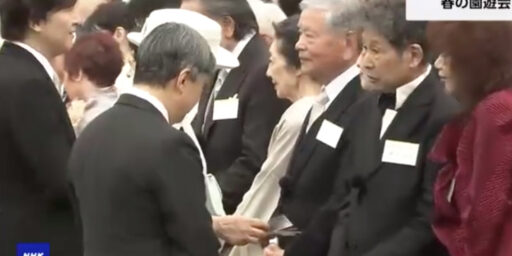

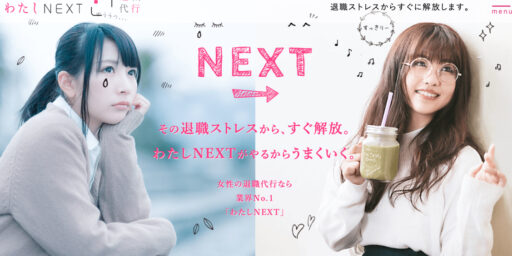
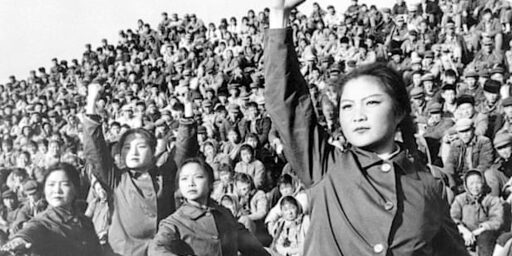
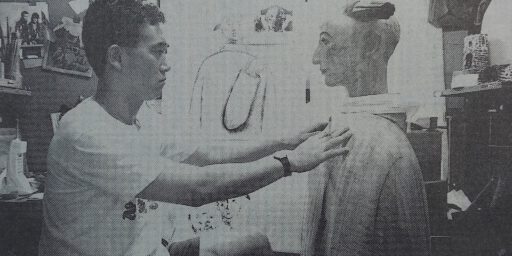
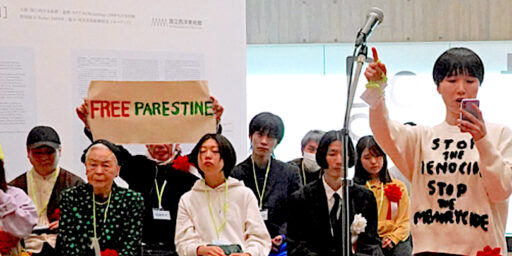
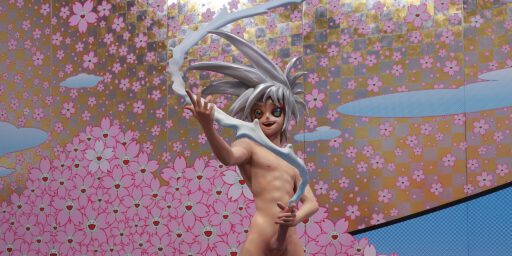
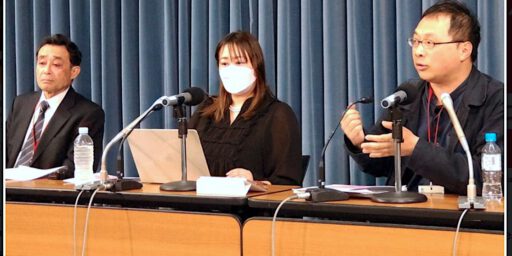

と-1963年生まれ、カルチュア・エンタテインメントの中西一雄社長-2024年の写真-512x256.jpg)
